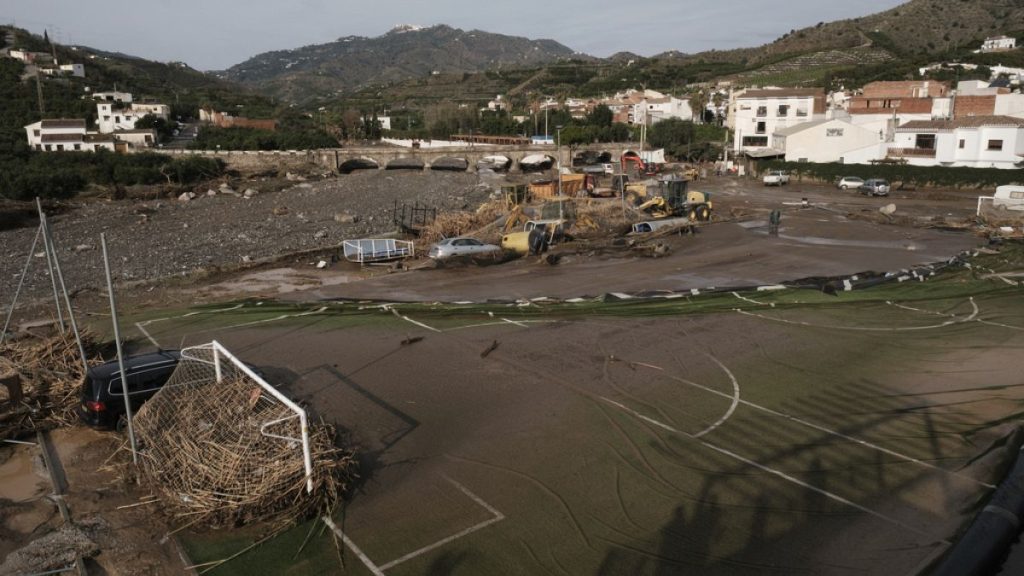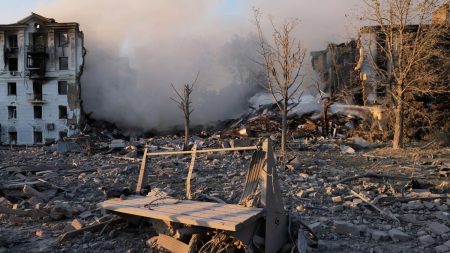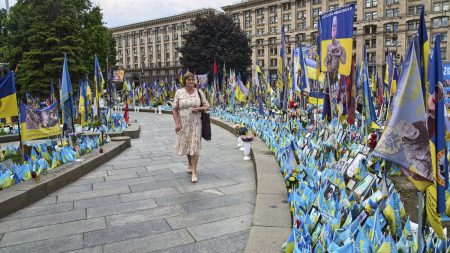The Valencian metro service, which typically accommodates around 7.5 million passengers each month, is currently at a standstill nearly a month post-Storm DANA’s devastating impact. The storm, which swept through Spain on October 29, led to extensive damage in Valencia. Interestingly, while the city’s underground metro infrastructure itself remained largely unaffected, the command center located near Paiporta was severely damaged, effectively paralyzing the transport network. To manage the crisis, Metrovalencia is in the process of establishing a new command center at Machado station, which is set to begin testing operations on November 27. In the meantime, to accommodate commuters, 25 temporary bus lines have been introduced, though the transition has come with its share of challenges.
Daily commuters have expressed their frustrations with the temporary bus system. Reports indicate that local residents are frequently facing long wait times with little assurance of securing a spot on the bus. One frustrated commuter described waiting over an hour, only to encounter fully packed buses that could not accommodate additional passengers. Another rider pointed out the limitations of the service schedule, highlighting the absence of buses after 10 PM. This has compelled some workers to adjust their schedules to leave earlier to ensure they can reach home, highlighting the broader impact of the metro service disruption on local employment and daily life.
While Metrovalencia is optimistic about resuming some of its lines by early December, the reality is that several stations will require a considerable amount of time—between five to six months—to become operational again. This extended downtime poses significant challenges for the community as they adapt to alternative transportation methods. Financially, the situation is intensive for the regional government as well, which has already allocated nearly €50 million to repair the infrastructure affected by the storm. The complexity of restoring the metro service underscores the significant investment of both time and resources necessary to recover from the catastrophe.
Amidst the transportation challenges, the education sector has seen some movement towards normalcy, with schools beginning to reopen. Parents, teachers, and members of the military celebrated the return of children to schools in the town of Benetusser, which had been shuttered for nearly a month. Reopening these schools brought a sense of relief and excitement to parents and students alike, marking a step towards recovery from the trauma caused by the storm. One mother expressed the joy of returning to regular routines after such a significant disruption in their lives.
However, the situation remains complicated for other municipalities like Alfafar and Catarroja, where schools are still closed. In these areas, army barracks have been repurposed as temporary classrooms to help accommodate students who have been unable to attend school. The extent of the destruction is such that several schools have been declared in a “catastrophic” state, with at least 13 requiring full reconstruction. The educational landscape remains precarious as communities work together to support their children while awaiting more permanent solutions.
Storm DANA has gone down in history as one of Spain’s deadliest natural disasters, with over 224 lives lost due to its ferocity. The tragedy serves as a sobering reminder of the relentless power of nature and the resultant challenges faced by urban infrastructures and communities that depend on them. As Valencians navigate through transportation issues and the long process of rebuilding schools, they simultaneously strive to reclaim a sense of normalcy in their everyday lives. The collective response illustrates the resilience of the community, as they confront lingering difficulties while looking towards recovery and restoration.














